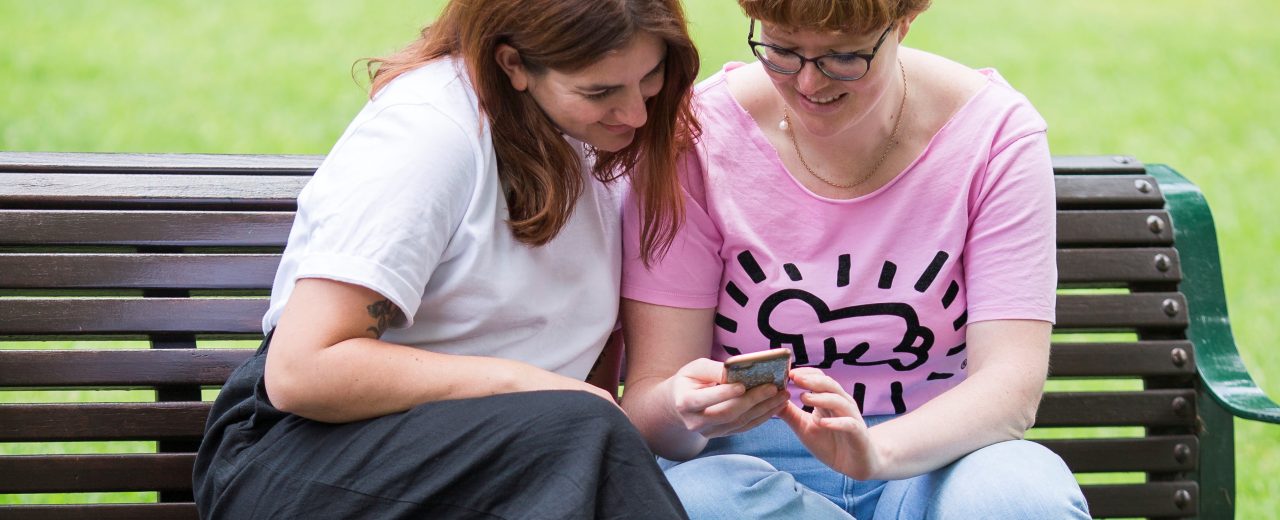Key findings from our Self-help for Common Legal Problems Report
23 Nov 2020
We’re launching new research on how legal service organisations can improve the way we share information and tools by applying a human-centred design approach.
Human-centred design involves taking an empathetic approach that puts users at the centre of the design process. By better understanding people’s needs and wants, we can design tools, products, services and systems that meet people’s needs.
The findings in our Self Help for Common Legal Problems: Understanding the ‘Missing Majority’ report were influenced by the insights and contributions of our diverse research participants who live in Victoria and can’t afford a lawyer.
This research focused on learning from people often assumed to have lower capability to use online resources, including non-English speaking recent migrants, people living with a disability, single parents and people living in a regional, rural or remote community.
We’re sharing some of the findings in the aim of creating legal resources that are more helpful, intuitive and make navigating the law easier for people.
1. People overwhelmingly use Google to find help
Most of our research participants said that they begin looking for help through online search engines such as Google. Legal services organisations should be optimising resources for search engines to ensure they are reaching the right audiences. These resources should be searchable through keywords and terms, and accessible on a browser rather than hidden as downloadable documents or PDFs that search engines can’t read.
2. People use everyday language to describe their legal problems
When writing legal resources for people, it’s important to use the language that they are using themselves. People describe their problems using common natural language and are likely to also use those same terms when trying to find information online.
Legal jargon and technical language will often create a barrier that prevents people from finding the right information. Using clear, everyday language where possible can help users to find and navigate your resources.
3. People look to trusted not-for-profit and government resources first
Our research participants said they trusted not-for-profit organisations and government websites to have accurate information. They will choose these types of resources first when searching for legal help.
If you’re a trusted not-for-profit organisation or government agency, it’s important to make your resources easily available to people, as they’re likely to come to you first.
4. People use their phones to search for legal information
People don’t just search for legal help on their laptop or desktop. Many of our research participants searched for help on their phones too. You should make your resources accessible and readable on a mobile device. If you’re not optimising for mobile, you could be making it a lot harder for people to find the help they need.
5. Searching for help online requires dedication and persistence
We heard repeatedly in our research that searching for legal help online was a challenge. People often had to look at multiple resources, which took dedication and persistence. By understanding this frustration, organisations can better empathise with people when designing their resources. You can do a lot to make accessing and navigating your resources easier. The fewer steps it takes to find your resource the better people are enabled to resolve their legal problem.
Read our Self Help for Common Legal Problems: Understanding the ‘Missing Majority‘ report. It includes our research methodology, perspectives from a wide cross-section of community members and a list of detailed recommendations.
This research was conducted with support from the Victoria Law Foundation.


